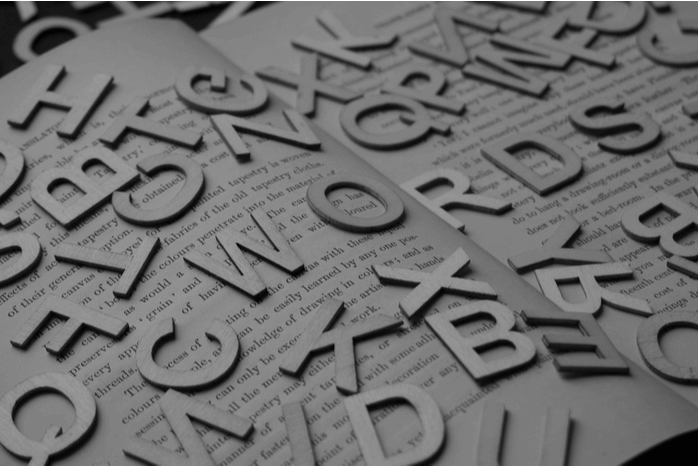
Analyzing any literature piece, it is impossible to ignore its character system. After all, it is the character who acts as a carrier of the author’s thoughts and ideas, not to mention their direct function – creation of plot, since the actions of characters move the action in the literature piece, unfolding the story step by step. Direct characterization is the primary tool used by the author to present their characters to the readers…
Put simply, a direct characterization in literature is the author(s) describing their characters. Any literature piece would be incomplete without characters’ descriptions. Usually, such a characterization is present at the very beginning of the text, as the author wants to interest their readers by providing detailed information about their main and secondary characters upfront.
Direct characterization is necessary to make the characters look alive and resonate with readers’ own characteristics and personality traits. There is nothing more powerful in literature than direct characterization. After all, when we finish reading a book, characters are the main elements, which we remember a long time after reading.
A direct characterization of a person can also be given by other characters in the text, not necessarily by the authors themselves. In this case, the authors use indirect speech and reveal the characters through the experiences and emotions of others.
A Typical Plan for Direct Characterization
The analysis of the characters plays a special role in the interpretation of a text because many of the details in the character’s characteristic can carry an additional informational load, thus giving the readers or the literary critic more food for thought.
It is important to determine the place of the character in the character system (whether this particular character is the main or secondary one). After that, the authors proceed to the individual characterization of the character as a certain social type.
This type of work is usually carried out according to the following plan:
- Social status and material well-being of the hero.
- Appearance.
- The originality of the character’s worldview, the scope of interests, inclinations, and habits:
a) The nature of occupation and basic life aspirations;
b) Influence on others (main spheres of influence, motivation, and types of co-existence). - Feelings and emotions domain:
a) The type of relationship to others;
b) Internal world (experiences, awareness, consciousness, etc.). - The author’s attitude to the character.
- Personality traits of the hero manifested in the literature piece:
a) With the help of a portrait;
b) In the author’s description;
c) Through the characteristics that are given by other actors;
d) With the help of background information or biography;
e) Through a chain of events or actions;
f) In other characters’ speech characteristics;
g) Through the “neighborhood” with other characters
On Some Important Techniques of Direct Characterization
Often, to depict the inner world of a character (from inside) authors use internal dialogues, the character’s imagination and memories, monologs, and dialogues with oneself, sometimes – through dreams, letters, and personal diaries. The image “from the outside” consists in describing the character’s inner world through the symptoms of his psychological state, which are manifested externally.
Most often, authors use a portrait description of their characters – their facial expressions and gestures, speech patterns, and manner of conversation. Sometimes a detailed description of surroundings, such as a dwelling characteristic, or nature’s landscape, is also used to draw a portrait of a character. These techniques of building upon an external element have the power to reflect the inner state of a person. Many writers use a description of life, clothing, behavior, and occupation for this type of direct characterization.
If the reader cannot imagine the character’s appearance, it becomes very difficult to perceive the character as a living being. Therefore, the reader’s acquaintance with the character begins, as a rule, with a description of the character’s face, figure, hands, gait, demeanor, dressing, etc., that is, with the detailed portrait characteristics of the character.
Each talented writer has his own way of portraying characters. The portrait depends not only on the author’s manner but also on the environment that the writer depicts, that is, it indicates the social belonging of the character.
The complete image of a character in a literature piece consists of many factors – appearance, manners, personality traits, aspirations and hobbies, circle of acquaintances, and attitude towards oneself and others. Nevertheless, one of the main ones is the character’s speech, which fully reveals both the inner world and the way of life.
You need to look mostly not at “what” the characters say, but at “how” they say it. Pay attention to the manner of speech, its stylistic coloration, the nature of the vocabulary, etc.
Speech is the most important indicator of a person’s national, social belonging, evidence of his temperament, intelligence, giftedness, the degree and nature of education.
All in all, there are many techniques for authors to perform direct characterization of their literary actors. Which one to use and in which situation always depends on one’s skills, the genre of the literature piece, and personal preferences.





